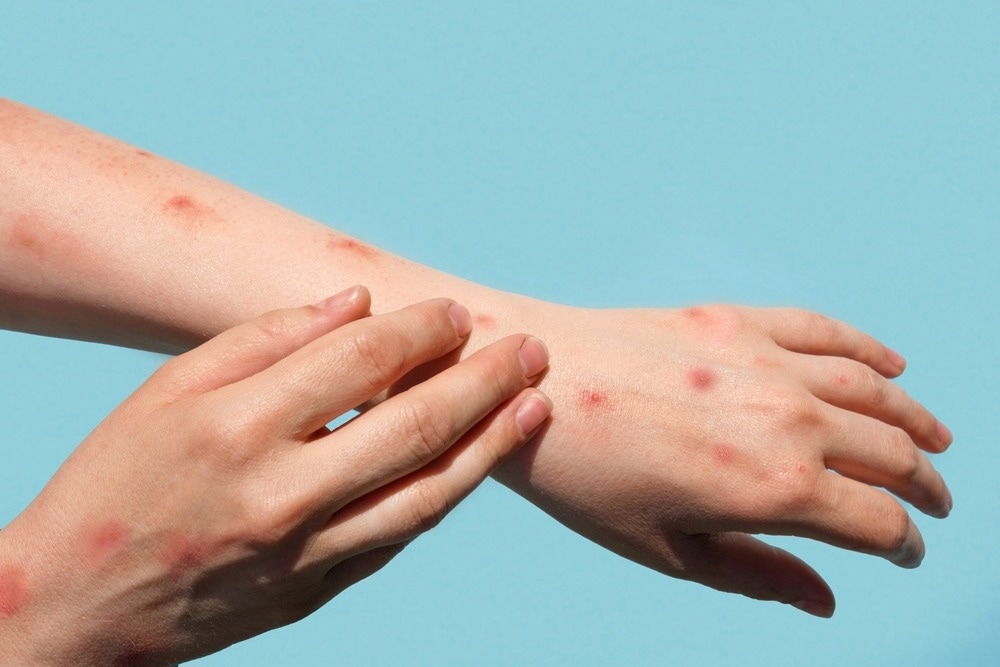Two additional cases of Monkeypox (Mpox) have surfaced this week, intensifying concerns about the spread of the disease in KwaZulu-Natal (KZN). Addington and St Augustine hospitals in Durban reported the new positive cases, prompting the health department to confirm that the individuals previously infected had been in contact with each other within the province. This development elevates the total count of laboratory-confirmed cases in the country to four, with three located in KwaZulu-Natal and one in Gauteng. All affected individuals are South African males in their mid to late 30s.
In response to these developments, the health department has issued a fervent appeal to anyone who has been in close proximity to known or suspected Mpox patients to promptly seek medical attention at the nearest healthcare facility or provider. Early diagnosis and effective treatment are crucial in mitigating the spread of the disease, emphasizing the urgency of clinical evaluation for individuals potentially exposed to the virus.
According to the department’s preliminary findings, the recent cases are linked to prior confirmed cases within the province, indicating a concerning trend of local transmission that heightens the risk of a broader outbreak. Transparency and cooperation from patients are paramount for health officials to conduct thorough contact tracing and case identification, essential for assessing the extent of virus transmission within the community. Government efforts to prevent further spread hinge on accurate reporting of both confirmed and suspected cases.
Monkeypox is transmitted through various means, including close contact with lesions, sexual activity, respiratory droplets, and contaminated materials such as bedding. The incubation period typically ranges from six to 13 days, though it can extend up to 21 days. Recognizable symptoms of the disease encompass a rash lasting two to four weeks, accompanied by fever, headache, muscle aches, back pain, fatigue, and swollen lymph nodes. The rash, characterized by blister-like lesions, tends to manifest on multiple body parts, including the face, hands, feet, groin, and genital or anal regions.
As Mpox cases continue to emerge, public vigilance and adherence to preventive measures are imperative in curbing its spread. Timely reporting of symptoms, prompt medical attention, and adherence to hygiene protocols are vital steps in safeguarding public health and mitigating the impact of the outbreak.






